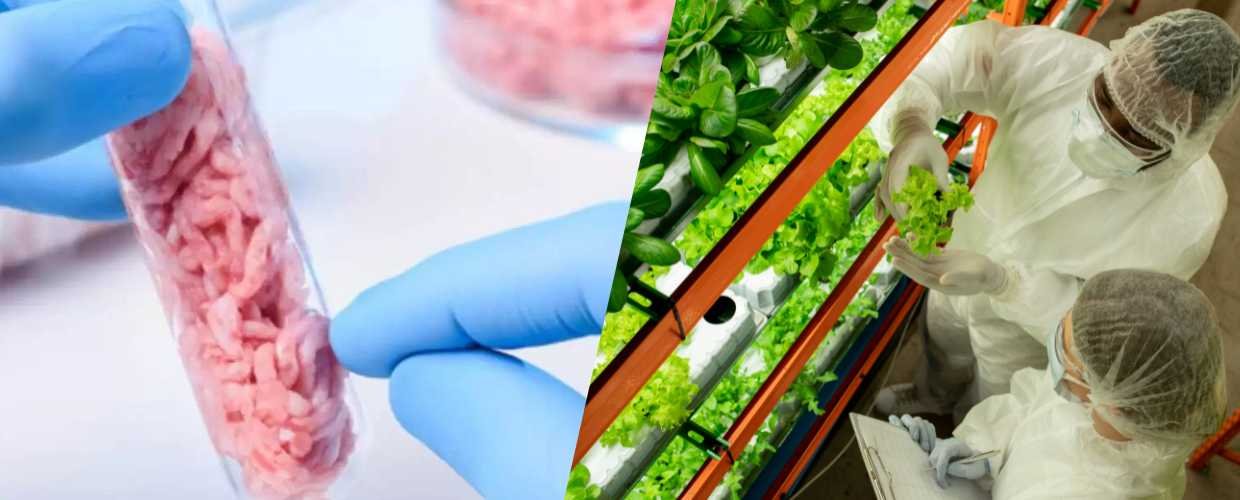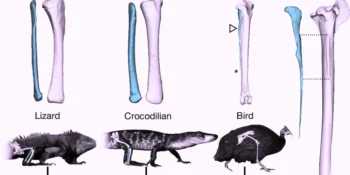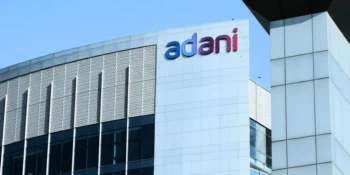Key Points
- Vertical farming maximizes space and reduces land, water, and pesticide use through advanced techniques, promoting sustainable urban agriculture.
- Lab-grown food offers eco-friendly alternatives by reducing land use, emissions, and ethical concerns related to traditional agriculture.
- Integrating vertical farming and synthetic food can enhance food security, lower resource use, and reduce waste.
- While scaling, consumer acceptance, and regulatory issues remain hurdles, these innovations could transform the future of food production.
In a bold leap towards sustainable and efficient food production, agriculture is undergoing a transformative shift with the convergence of two cutting-edge technologies: Vertical Farming and Synthetic Food. These innovations are poised to reshape how we grow and consume our sustenance, promising to tackle global food security and environmental challenges.
Vertical farming has gained substantial momentum as urbanization rises and available arable land dwindles. Vertical farms, often located within urban centers, employ advanced techniques such as hydroponics, aeroponics, and LED lighting to cultivate crops in stacked layers or vertically inclined structures. This approach maximizes space and significantly reduces the need for land and water compared to conventional agriculture.
Vertical farms are immune to adverse weather conditions, allowing for year-round cultivation and consistent crop yields. Moreover, the controlled environment curbs the use of pesticides and fertilizers, enhancing the sustainability of food production. Experts predict that vertical farming could become a cornerstone of urban food systems, ensuring fresh and locally sourced produce for ever-expanding populations.
The notion of synthetic or lab-grown food has transcended science fiction and is now a tangible reality. Scientists have developed groundbreaking techniques to produce nutritious and delectable foodstuffs directly from cell cultures, bypassing traditional agricultural practices altogether. Researchers are crafting meat, dairy, and plant-based products with minimal environmental impact by cultivating cells from plants, animals, or even microorganisms.
Synthetic food offers several remarkable advantages, including reduced land use, greenhouse gas emissions, and water consumption. It also addresses ethical concerns associated with animal agriculture. As researchers refine the processes and scale production, synthetic food can revolutionize how we think about and consume sustenance.
Integrating vertical farming and synthetic food promises a holistic solution to our global food systems’ burgeoning challenges. Vertical farms provide a controlled environment ideal for cultivating the precise cell cultures required for synthetic food production. This symbiotic relationship could significantly reduce resource use, transportation costs, and waste associated with traditional agriculture.
Despite their promise, both vertical farming and synthetic food technologies face hurdles. Scaling up vertical farms to meet the demands of large populations requires substantial investments and energy considerations. Additionally, the consumer acceptance of synthetic food and the regulatory framework surrounding it poses significant challenges.
As we look to the future, emerging technologies could significantly transform the fundamental structure of our food supply chain. As urban populations surge and climate change disrupts traditional agriculture, the fusion of vertical farming and synthetic food could play a pivotal role in ensuring food security, reducing environmental degradation, and paving the way for a more sustainable future.
In the coming years, expect to witness the continued growth of vertical farms in urban landscapes and the gradual incorporation of synthetic food products into our diets. As these innovations gain traction and public acceptance, a more resilient and efficient food ecosystem could emerge, transforming how we nourish ourselves and the planet.












